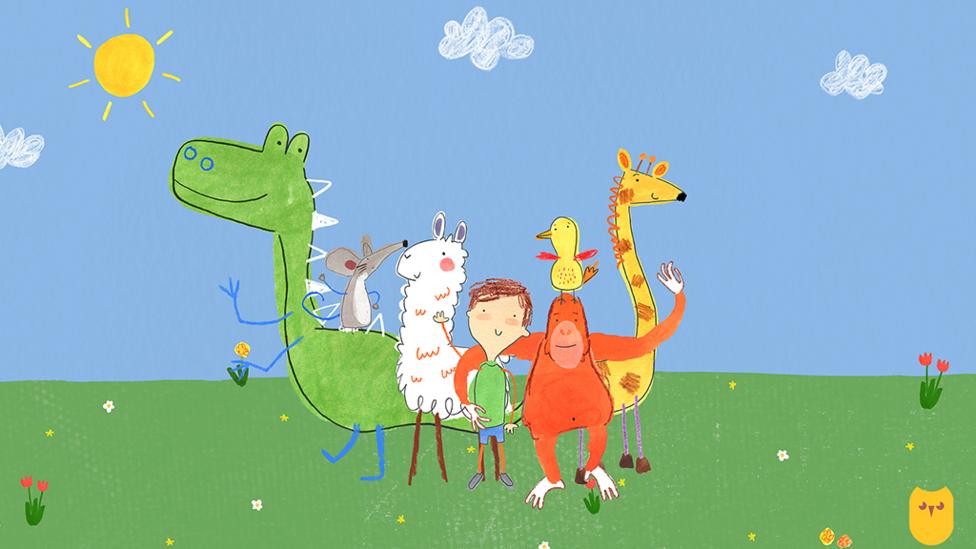Talking to your child about autism
If your child has a classmate, friend or relative with autism, it can be difficult for them to understand exactly what this means. With a little help from children, families and voice actors involved in Pablo, we’ve collected some ideas for starting a conversation about ASD with your little one.

1. Autism is different for everyone
Being on the autistic spectrum is different for everyone and, as Sumita explains here, there are a lot of misconceptions about how they might be. Pablo's Art World friends represent some of the personality traits or ways of behaving that often occur in autism.
Watching Pablo together can be a useful starting point for talking to your child about how their own friends or relatives with ASD might see the world. Play Pablo's Art World Adventure together to find out more about each of the characters.
2. Look for different ways to communicate
Like Llama, some autistic children are non-verbal, and they might communicate using methods such as gestures, looking, reaching or echolalia (repeating other people's words).
You might want to explain to your child that just because someone isn’t speaking the way they do, it doesn’t mean they don’t understand what’s going on. Encourage your child to watch for ways the person is using to communicate.
3. Have fun together
Many autistic children have lots of energy and love to run around and play like Tang does.
Encourage your child to include them in playground games and help them be part of the gang, just like Pablo and his Art World friends.
4. Go and say ‘hello!’
Don’t assume everyone will see autism as a 'problem'. As Sam's mum explains here, many people feel that being on the autism spectrum means they live a slightly different style of life, but this isn't necessarily a bad thing.
If you meet a family with an autistic child, don’t be afraid to go over and say hello. They might be delighted to have someone new to talk to!
5. Find common ground
Some autistic people have intense and highly-focused interests, often from a fairly young age. This can sometimes be a really good way for them to find common ground with other children who are interested in the same things.
Encourage your little one to find a shared interest with friends or classmates with ASD, like these brothers who love running.
6. Explain what's happening
Like Draff, children with ASD often need to know what’s going on and like to be in control. This can sometimes come across as bossy but it’s their way of coping with social situations.
You could explain to your child that some people really dislike it when plans change or there’s a surprise. Get them to think of a time when they’ve been unsure about something, and remember how it made them feel inside.
7. Watch out for worries
As Lucas explains, someone with ASD may worry about a lot of things at once, and they might get very anxious about something that seems small to your child.
Encourage your child to take their concerns seriously and explain that everyone worries about different things. Follow our tips for helping to keep kids calm.